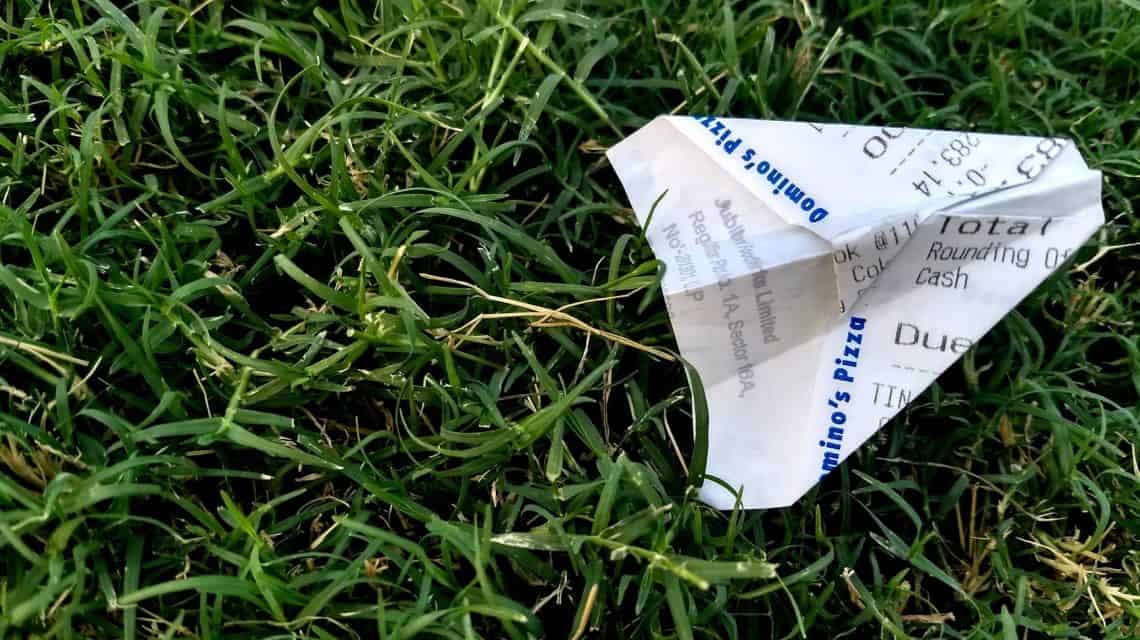By Hamza Achouri
Billions of trees and gallons of water are used every year to create paper receipts generating a substantial amount of waste and CO2 (Carbon-dioxide). This tally is only soaring with the increased demand.
In this journal, we will be touching base on many of the issues we face in the use of paper receipts and why it is imperative we act fast in dealing with other alternatives.
Limited recycling
An alarming study shows that 90% of receipts end up in the trash, which is when I decided to venture out and do a little research. Approaching members of the public at various supermarkets, the majority seemed to dispose of their receipts even before exiting the store, giving the impression these receipts hold little significance to them and are merely a “hinderance”.
For those who kept their receipts, I was told of the difficulties in actually keeping all receipts safely and organised as paper of this magnitude is very easily lost. Furthermore, fragility is always as an issue as the paper is easily damaged and destroyed.
Next, there were those who had attempted to recycle their receipts in the paper category, however, receipts are unrecyclable due to the BPA, an industrial chemical that has been used to make certain plastics and resins, present in the receipt, and could easily contaminate a whole load of recycling along with polluting underground water on decomposition, which leads me onto the next chapter…

Health Concern
Paper receipts are not only difficult to manage and recycle, but also hold many potential health risks with the expose of BPA. BPA or “Bisphenol A.” plastic compact is a very common use in paper receipts, the same chemical banned from plastic bottles.
Approximately 90% of receipts are coated with BPA, a plastic compact which is suspected to cause cancer, obesity, type 2 diabetes, and premature puberty. Today, BPA surface exposes you to the substance as it can be absorbed via the skin, and to add, the amount of BPA found in receipts is approximately 1000 times greater than that of food lining and bottles – a worrying thought when you consider how many receipts a cashier would handle on a daily basis.
Digital Receipts
Many stores have already adapted the digital receipt option with many opting not to
Why have digital receipts not been fully adapted yet?
- Many high chain stores have not fully adapted the digital receipts and it could be down to many things. Going in and speaking to managers at various chains, I was informed cost were a high factor in refusing to adapt:
- Many chains could incur substantial charges in updating their services to accommodate the new digitalisation.
- People prefer older ways as they may feel the concept of having to use a device to collect receipts far too complex and troublesome.
- Lack of understanding of the significant harm they are contributing to the planet.
Solution
Digitalisation is a promising development we should explore as it limits the whole use of printing out paper and polluting the planet as a result. Not only do we save a substantial amount of natural resources, but we also take into consideration the health and wellbeing of humanity.
Education – merchants printing 1000 receipts a day will spend approximately £10,000 a year on receipts alone, generating a substantial amount of waste in the process, and it is essential to raise such awareness as a particular sector may deem the extra expenses for undertaking digitalisation too much but in fact be would cutting costs in other areas.


